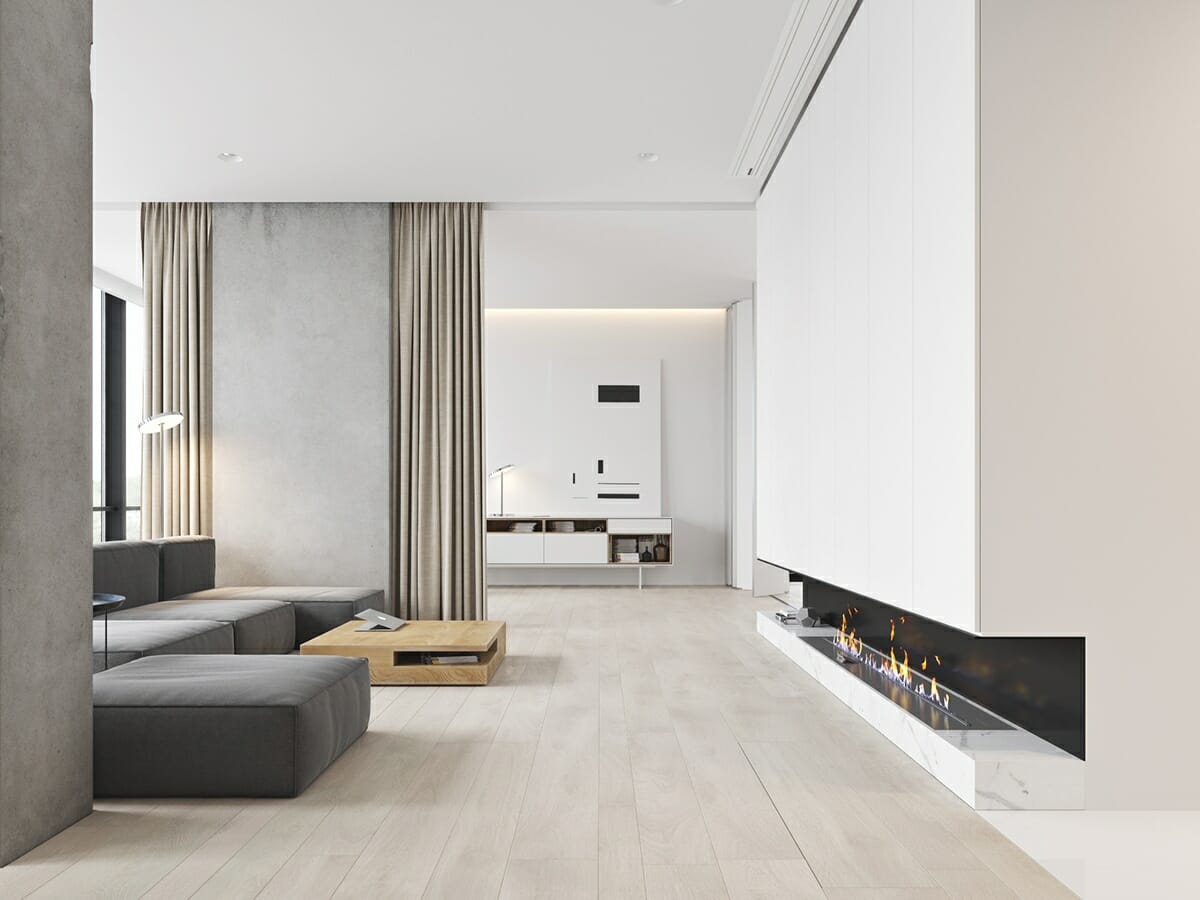- Home
- Articles
- Architectural Portfolio
- Architectral Presentation
- Inspirational Stories
- Architecture News
- Visualization
- BIM Industry
- Facade Design
- Parametric Design
- Career
- Landscape Architecture
- Construction
- Artificial Intelligence
- Sketching
- Design Softwares
- Diagrams
- Writing
- Architectural Tips
- Sustainability
- Courses
- Concept
- Technology
- History & Heritage
- Future of Architecture
- Guides & How-To
- Art & Culture
- Projects
- Interior Design
- Competitions
- Jobs
- Store
- Tools
- More
- Home
- Articles
- Architectural Portfolio
- Architectral Presentation
- Inspirational Stories
- Architecture News
- Visualization
- BIM Industry
- Facade Design
- Parametric Design
- Career
- Landscape Architecture
- Construction
- Artificial Intelligence
- Sketching
- Design Softwares
- Diagrams
- Writing
- Architectural Tips
- Sustainability
- Courses
- Concept
- Technology
- History & Heritage
- Future of Architecture
- Guides & How-To
- Art & Culture
- Projects
- Interior Design
- Competitions
- Jobs
- Store
- Tools
- More
The Philosophy of Less is More in Interior Spaces

The philosophy of “less is more,” commonly attributed to the famous architect Ludwig Mies van der Rohe, has taken center stage in modern interior design and architectural practices. Though rooted in architecture, the essence of this philosophy has permeated various aspects of art, design, and lifestyle. As the modern world becomes increasingly cluttered, both physically and mentally, the appeal of minimalism in our living spaces becomes more pronounced. Let’s delve into the philosophy and its profound impact on interior design.
Origins and Evolution
While the notion of simplicity and minimalism can be traced back to ancient times and across various cultures, “less is more” as a design mantra emerged during the 20th century. Modernist architects and designers sought to break free from ornate designs of the past, focusing instead on the purity of form and function.
The Essence of “Less is More”
- Functionalism: One of the primary principles behind the philosophy is that every element in a space should have a clear purpose. Excess decorations or furniture that do not serve a function are seen as clutter.
- Aesthetics: By reducing distractions, we enhance our appreciation for the elements that remain. A minimalist space tends to highlight the beauty of individual pieces, emphasizing their form, color, and texture.
- Emotional Well-being: A clutter-free environment often translates to a clutter-free mind. Spaces that embrace “less is more” offer a sense of serenity and calm, which can help reduce stress and promote mental well-being.

Credit: Minimalist Interior Design: 7 Best Tips for Creating a Stunning Look – (decorilla.com) Beyond Aesthetics: A Lifestyle Choice
For many, the principle of “less is more” goes beyond interior design—it becomes a way of life. It is about embracing simplicity in daily routines, reducing excess, and focusing on what truly matters. This philosophy can lead to a more sustainable lifestyle, emphasizing conscious consumption and reducing waste.
The philosophy of “less is more” is more than just a design trend; it is a reflection of the modern-day need for clarity, simplicity, and authenticity. As our worlds become more complex and information-laden, our homes—our sanctuaries—become places where we seek respite and clarity. By embracing the tenets of “less is more,” we create spaces that nurture our souls and enhance our well-being.

The modern minimalist movement in interior design emphasizes simplicity, functionality, and creating a sense of tranquility. Here are some tips to help you achieve this look and feel in your living spaces:
- Neutral Color Palette: Stick to neutral tones like whites, grays, beiges, and blacks. These colors serve as an excellent backdrop, allowing key pieces of furniture or art to stand out. Additionally, they provide a calm and cohesive look.
- Quality Over Quantity: Invest in fewer, high-quality pieces. Choose furniture that is both functional and aesthetically pleasing. Instead of cluttering a room with many items, select a few standout pieces that serve multiple purposes.
- Clear the Clutter: Adopt a “less is more” approach. Regularly declutter and ensure everything has a designated place. This not only keeps spaces clean but also allows for a more serene environment.

- Streamlined Furniture: Opt for furniture with clean lines and simple designs. Avoid overly ornate or intricate pieces. Consider pieces with sleek, metal frames or furniture that floats off the ground to create a sense of space.
- Open Floor Plan: Whenever possible, opt for an open floor plan. This not only maximizes natural light but also promotes a flow between spaces, making the area feel larger and more connected.
- Minimal Decor: Limit the number of decorative items. Choose a few impactful art pieces or sculptures instead of crowding walls or shelves with numerous items.
- Use of Texture: While the color palette might be restricted, playing with different textures can add depth and interest to a room. Think of a soft woolen rug, a sleek leather couch, or linen curtains.
- Maximize Natural Light: Allow plenty of natural light to fill the room. Consider installing large windows, or if that’s not possible, use sheer curtains to let in as much light as possible. Natural light can make a space feel open and airy.
Remember, the core idea behind modern minimalist design is creating a space that feels serene and inviting without unnecessary clutter. It’s about finding the balance between functionality and aesthetics, creating a home that feels calm and intentional.
Credit: Interior Design – Minimalist Black & White Home — Design Anthology (design-anthology.com)
Submit your architectural projects
Follow these steps for submission your project. Submission FormLatest Posts
8 Examples of Successful Disaster Resilient Architecture
As climate risks increase, architects around the world are creating innovative structures...
Preventing Cyber Threats in Smart Buildings by Design
The trend of integrating IoT technologies into buildings isn’t going away. More...
Procreate vs Photoshop: Should Architects and Designers Use Them for Architecture Work?
Procreate vs Photoshop for architects: see when to sketch on iPad and...
A Beginner’s Guide to Using Heat Pumps
Understanding home heating and cooling can be confusing, especially if you’re starting...













Leave a comment